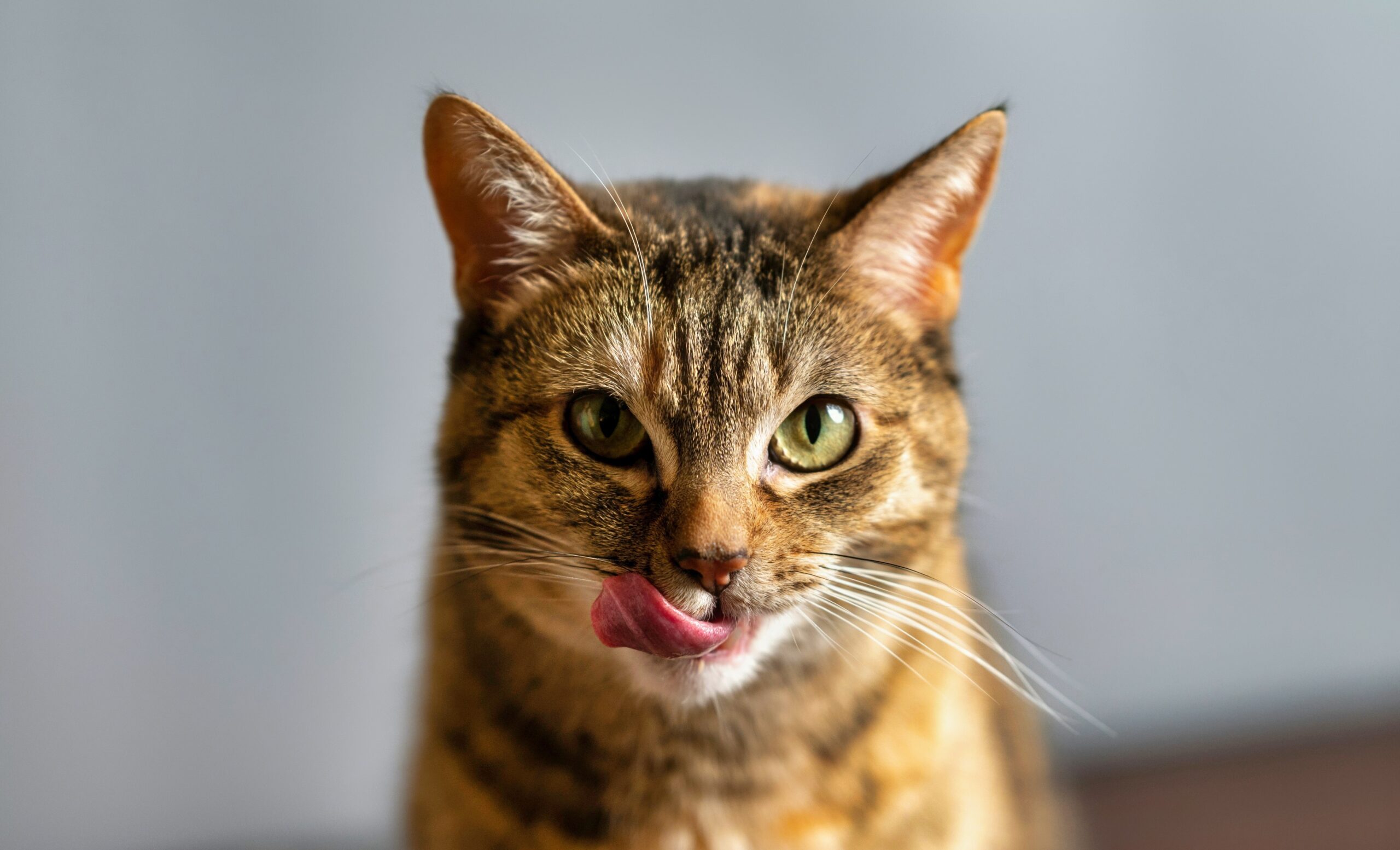
Just like us, our feline friends need proper dental care to maintain their overall health and well-being. While it’s easy to overlook your cat’s oral hygiene, dental issues can lead to serious health problems, including pain and infection. Unfortunately, many cats experience dental diseases, such as gum disease and tooth decay, without showing obvious symptoms until the condition has advanced.
As a responsible pet owner, it’s important to make dental care a priority. Luckily, with the right knowledge and simple steps, you can help prevent dental issues and keep your cat’s teeth in top condition. From brushing their teeth to choosing the best dental treats, there are several effective ways to ensure your cat’s smile stays healthy and bright. And with the rising cost of vet care, including dental procedures, having pet insurance from Petgevity can be a smart way to help cover any unexpected treatments that may arise, making sure your cat gets the care they deserve without breaking the bank.
Why Dental Care is Important for Your Cat
If your cat’s dental hygiene isn’t well maintained, it can affect their overall well-being and could lead to a variety of serious health problems. Proper dental care is very important to prevent painful conditions and ensure a long, healthy life for your feline companion.
Dental disease in cats often starts with a buildup of plaque and tartar, which can lead to gingivitis (gum inflammation) and potentially progress to periodontal disease. This condition can cause pain, tooth loss, and infections that may spread to vital organs, including the heart, liver, and kidneys.
Not only can dental health affect your cat’s overall well-being, but existing health problems can also pose a risk to your cat’s dental health. As per Cats Protection, excessive plaque can be caused by inflammation in the gums from an accident or disease, reduced immune defences or the loss of your cat’s ability to clean its teeth. By checking your cat’s teeth, you may be able to identify a hidden health problem that is causing the dental issues.
Signs Your Cat May Have Dental Problems
Cats are known for hiding their discomfort, which can make it difficult to notice when they have dental issues. However, there are a few key signs you can look out for that may indicate your cat is experiencing tooth or gum problems. If you notice these signs early, you can take action and potentially prevent more serious health complications.
One of the most common early signs of dental problems in cats is bad breath. While a mild scent is normal, a strong, foul odour can be a sign of plaque buildup, gingivitis, or infection. If your cat’s breath starts to smell noticeably worse, it’s time to check their teeth and gums more closely.
Excessive drooling could indicate your cat has an issue with their oral health. Painful gums, loose teeth, or infection may cause them to drool as a way of coping with discomfort, so it’s a good idea to pay attention to any excessive salivation that doesn’t seem to be related to food or excitement.
A clear indicator that your feline friend may not be feeling their best is a change in appetite or eating habits. If your cat is having trouble eating or refuses to eat altogether, it could be due to pain or discomfort from dental problems. Cats with toothaches may hesitate to chew or may favour soft foods as it causes them less discomfort. Watch for signs like chewing on one side of their mouth, dropping food, or avoiding dry food altogether. Your cat may also paw at their mouth or rub its face, which could be a sign their teeth are causing them trouble.
How to Brush Your Cat’s Teeth – Step-by-Step Guide
Brushing your cat’s teeth is one of the most effective ways to maintain their oral health and prevent dental diseases.
Follow the steps below to get your cat used to getting their teeth cleaned.
- Introduce your cat to toothpaste – You should introduce your cat to the taste of toothpaste by dabbing a bit on their nose or lips and letting them lick it off. When your cat is ready, you can either use a cat toothbrush or finger brush and gently touch their mouth and teeth.
- Find the right position – Make sure both you and your cat are comfortable as this will help create a relaxed environment. Ideally, your cat should be facing away from you with your body positioned directly behind them to stop them from backing away. Starting with the back teeth, gently brush your cat’s teeth in small, circular motions. Pay particular attention to the point where the teeth meet the gum as this is where plaque tends to build up.
- Reward Your Cat – Reward your cat with treats and affection to help create a positive association. Cats are often sensitive to new experiences, so make sure to take things slow and only brush for about a minute or two a day.
Dental Treats and Toys – An Easy Way to Maintain Oral Health
Dental treats and chew toys are a great way to help improve your cat’s dental health alongside brushing. When your cat chews on these specially designed products, the texture and structure of the treat or toy can help scrub their teeth, keeping them cleaner between brushing sessions. Many of these products also contain ingredients that can further support your cat’s oral health, such as enzymes that break down plaque or special materials that encourage chewing.
If your cat isn’t keen on you cleaning their teeth with a toothbrush, dental treats and toys are a quick and easy way to help them maintain oral hygiene. Most dental treats come in flavours your cat will love, such as chicken, salmon, or tuna, which will make it easier to incorporate them into your cat’s routine as a reward or snack.
Professional Dental Cleaning – When and Why They Are Necessary
While regular brushing and dental treats help maintain your cat’s oral health, they aren’t always enough to prevent serious dental issues. It’s a good idea to organise regular professional dental cleanings from your vet to help keep your cat’s mouth healthy.
If your beloved pet is prone to issues with their teeth or is getting older and struggling to clean their teeth, it’s a good idea to get an annual professional dental clean. The vet can properly inspect your cat’s mouth and give you advice on dental treats and general maintenance too.
Maintaining Consistency in Your Cat’s Dental Care Routine
Caring for your cat’s teeth isn’t a one-time task, it requires a consistent routine to keep their mouth healthy and prevent serious dental issues. By establishing good habits and sticking to them, you can help reduce plaque buildup, prevent gum disease, and help maintain your cat’s overall well-being.
It’s best to clean your cat’s teeth at the same time each week, always use a pet-friendly toothbrush and toothpaste, and reward your cat with treats and praise. You can also use dental treats and toys to help maintain your cat’s oral health.
Collaborative Content

